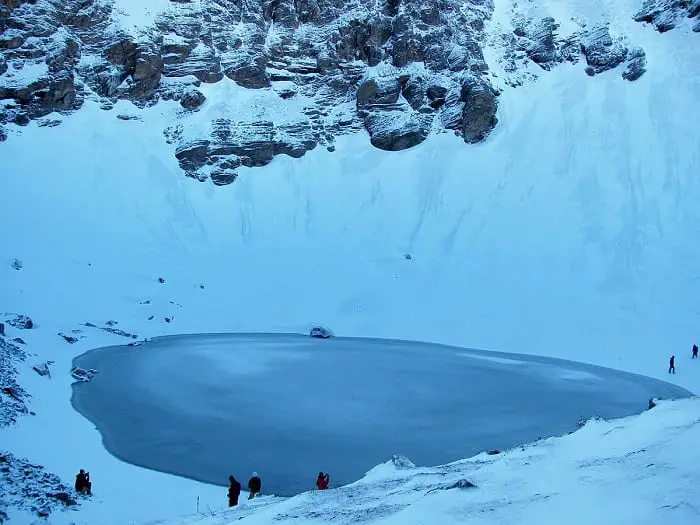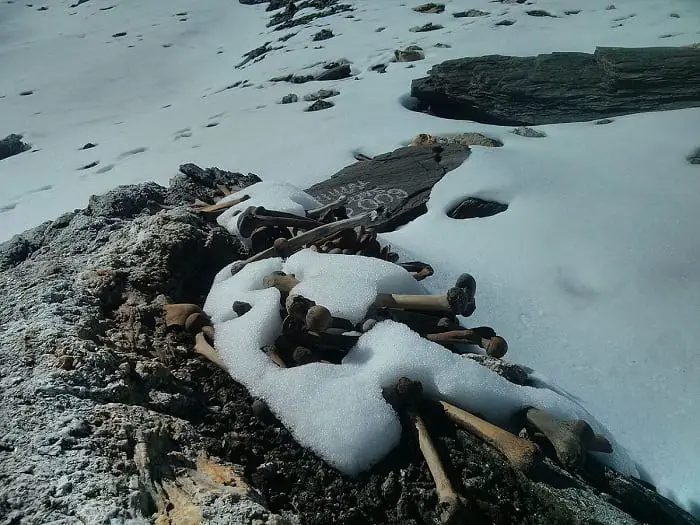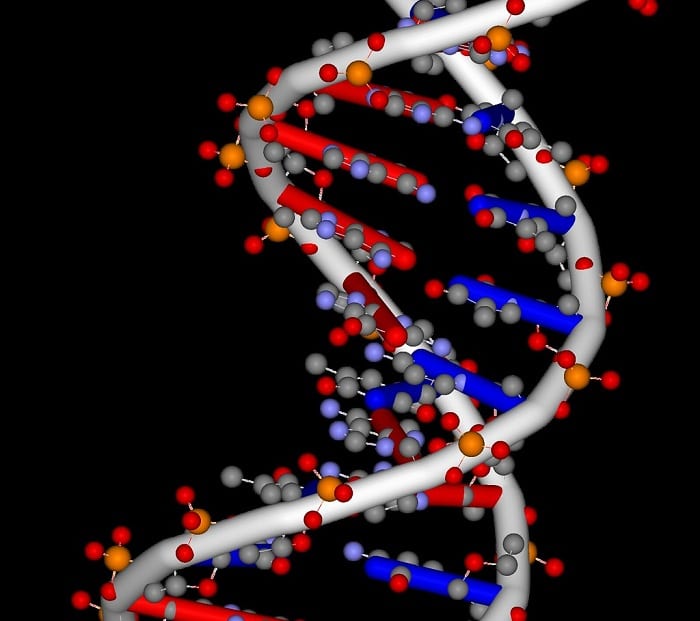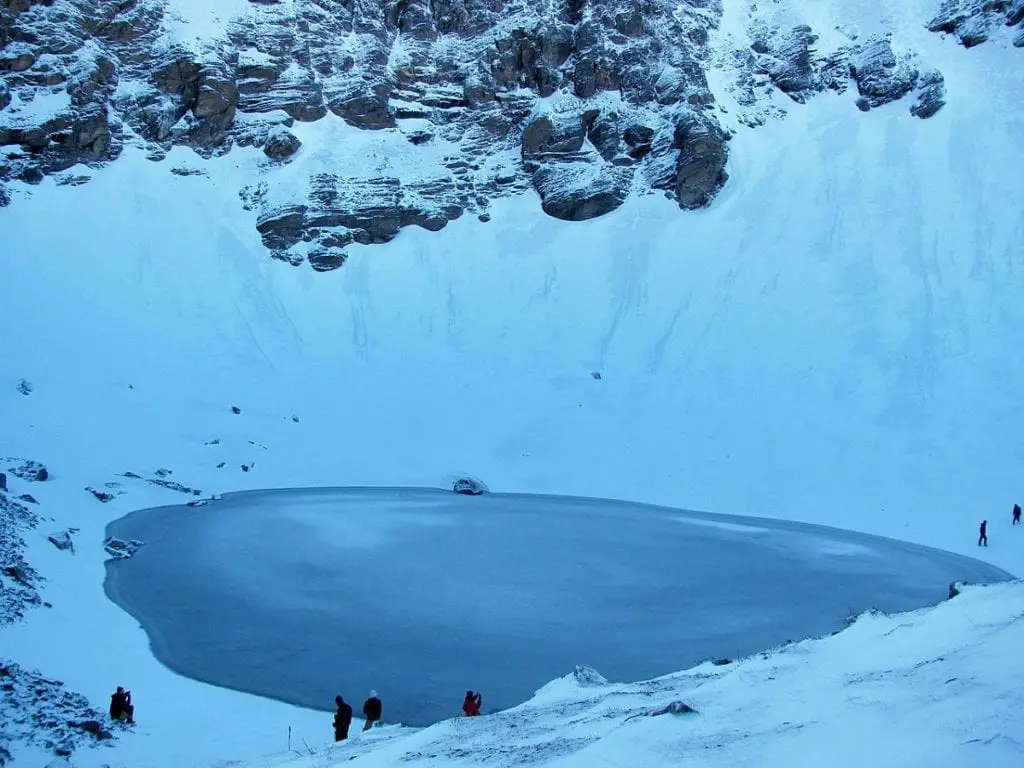Roopkund Lake is a small glacial lake 16,470 feet high in the cradle of the Trishul massif, three snow-capped mountain peaks in the Himalayas. The peaks look out over the howling landscape of Uttarakhand, India, which draws trekkers from all over the world.
Many come in the spring. That is when melting snow reveals the skeletal remains of hundreds of humans at the lake’s bottom.
The remains are the reason why many call Roopkund Lake by its more famous – and unnerving – name, Skeleton Lake.
An unpublished anthropological survey from several years ago studied five skeletons and estimated they were 1,200 years old.

No one knows what those ancient people were doing at that altitude. The riddle of what killed them has puzzled scientists for decades.
Now new DNA evidence has added another baffling layer to the mystery.
Mysterious History
“Through the use of biomolecular analyses, such as ancient DNA, stable isotope dietary reconstruction, and radiocarbon dating, we discovered that the history of Roopkund Lake is more complex than we ever anticipated,” says geneticist David Reich of Harvard Medical School.
Scientists had previously speculated that the lake was the site of a catastrophic event that left several hundred people dead.
Reich and his colleagues from Germany, India, and the US have published a study that upends that theory altogether.
Careful, painstaking examination using state-of-the-art technology has revealed that the remains belong to distinct groups.
The study, which spanned 10 years, examined DNA from 38 remains.
The analysis indicates the bones belonged to people who died over multiple periods. At least two of the deaths happened a thousand years apart.

The researchers arrived at their conclusion using a series of bio-archeological analyses. They employed DNA analysis technology, stable isotope dietary reconstruction, radiocarbon dating, and osteological examinations.
Different Millennia, Different Peoples
Based on populations living today, the skeletons at Roopkund belong to three genetic groups. Twenty-three males and females had ancestries typical of contemporary South Asians.
This group came to the lake between the 7th and 10th centuries, and not all at once. Some skeletons were more ancient, suggesting that the bones belonged to people who died many lifetimes apart.
The discovery that the skeletons in this group were not from a single population puzzled the researchers. But it was the ancestries of the two other groups that surprised them the most.

A thousand years after the first group arrived, two more genetic groups appeared.
The second subset is comprised of 14 people with ancestry related to people in the eastern Mediterranean, mainly Crete and Greece. A third individual has ancestry that is more typical of that found in Southeast Asia.
“The presence of individuals with ancestries typically associated with the eastern Mediterranean suggests that Roopkund Lake was not just a site of local interest, but instead drew visitors from across the globe,” says researcher and evolutionary biologist Éadaoin Harney of Harvard University.
Soldiers, Gods, and Dancers
How these individuals from different times and parts of the world ended at Roopkund is still anyone’s guess.
A forest ranger had stumbled across the unsettling scene during World War II. Explanations for why hundreds of people died there have abounded.
These were invading Japanese soldiers, some said, killed while crossing into India. Others argued they were an Indian army returning from war. Local folklore insists they were a king and his party of dancers, slaughtered by a righteous deity.
There is no evidence of bacterial infections, so it is unlikely that an epidemic is to blame.
Some speculate the difficulties posed by the harsh, barren environment may be to blame for the deaths.
“It is still not clear what brought these individuals to Roopkund Lake or how they died,” says the study’s senior author Niraj Rai of the Birbal Sahni Institute of Palaeosciences in Lucknow, India.”We hope that this study represents the first of many analyses of this mysterious site.”
Maybe one day further advances in technology will unravel the secrets of Skeleton Lake.
What do you think?




